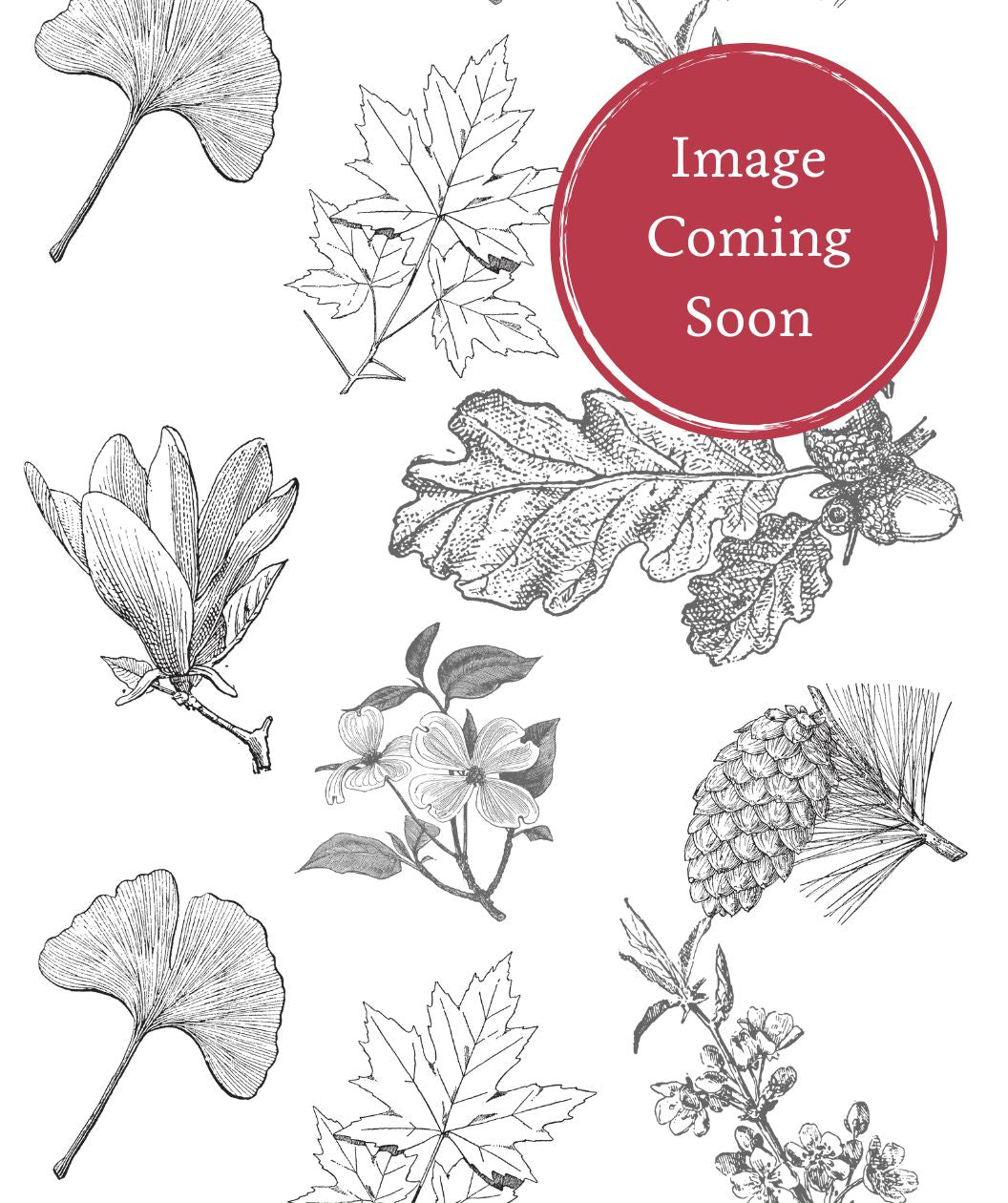A native, upright grower that delivered four seasons of vertical beauty, from blooms to berries to bold fall color
FEATURES:
- Narrow, upright form fits beautifully in tight spaces
- Early white spring flowers attract pollinators
- Edible summer berries loved by birds and people
- Glorious orange and red fall foliage
- Ideal native choice for wildlife gardens or streetscapes
- Low-maintenance and highly adaptable
- Ships on our trucks because of the size of the tree – does not fit in a box
Bower & Branch Landscapes Design Tips
Combine Rainbow Pillar® with broad spreading native shrubs or perennials at its base to enhance the upright form. Consider pairing it with understory bloomers like Virginia bluebells or foamflower to create a layered woodland effect that supports biodiversity.
Growth Facts
- Hardiness Zone: 4-8
- Mature Height: 15-20' tall
- Mature Width: 4-6' wide
- Exposure: Full Sun to Part Shade
- Spacing: 5-7' apart
A native, upright grower that delivered four seasons of vertical beauty, from blooms to berries to bold fall color
FEATURES:
- Narrow, upright form fits beautifully in tight spaces
- Early white spring flowers attract pollinators
- Edible summer berries loved by birds and people
- Glorious orange and red fall foliage
- Ideal native choice for wildlife gardens or streetscapes
- Low-maintenance and highly adaptable
- Ships on our trucks because of the size of the tree – does not fit in a box
Bower & Branch Landscapes Design Tips
Combine Rainbow Pillar® with broad spreading native shrubs or perennials at its base to enhance the upright form. Consider pairing it with understory bloomers like Virginia bluebells or foamflower to create a layered woodland effect that supports biodiversity.
Growth Facts
- Hardiness Zone: 4-8
- Mature Height: 15-20' tall
- Mature Width: 4-6' wide
- Exposure: Full Sun to Part Shade
- Spacing: 5-7' apart
Why plant Rainbow Pillar® Serviceberry?
How to use Rainbow Pillar® Serviceberry in the landscape?
Frequently Asked Questions
It blooms in early spring, often before the leaves emerge. The white flowers are an important nectar source for early pollinators.
Yes. The small purple berries are sweet and can be eaten fresh or used in pies, jams, and preserves. Birds will also flock to them.
Minimal pruning is needed. You can shape lightly in winter if necessary. Remove suckers or dead wood as needed to maintain its form.





